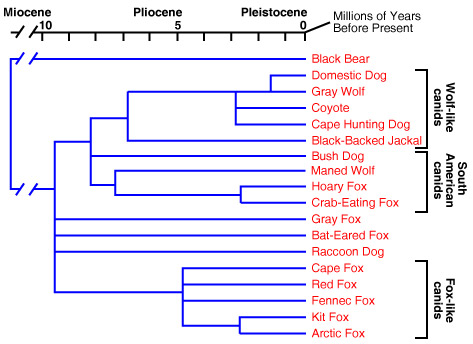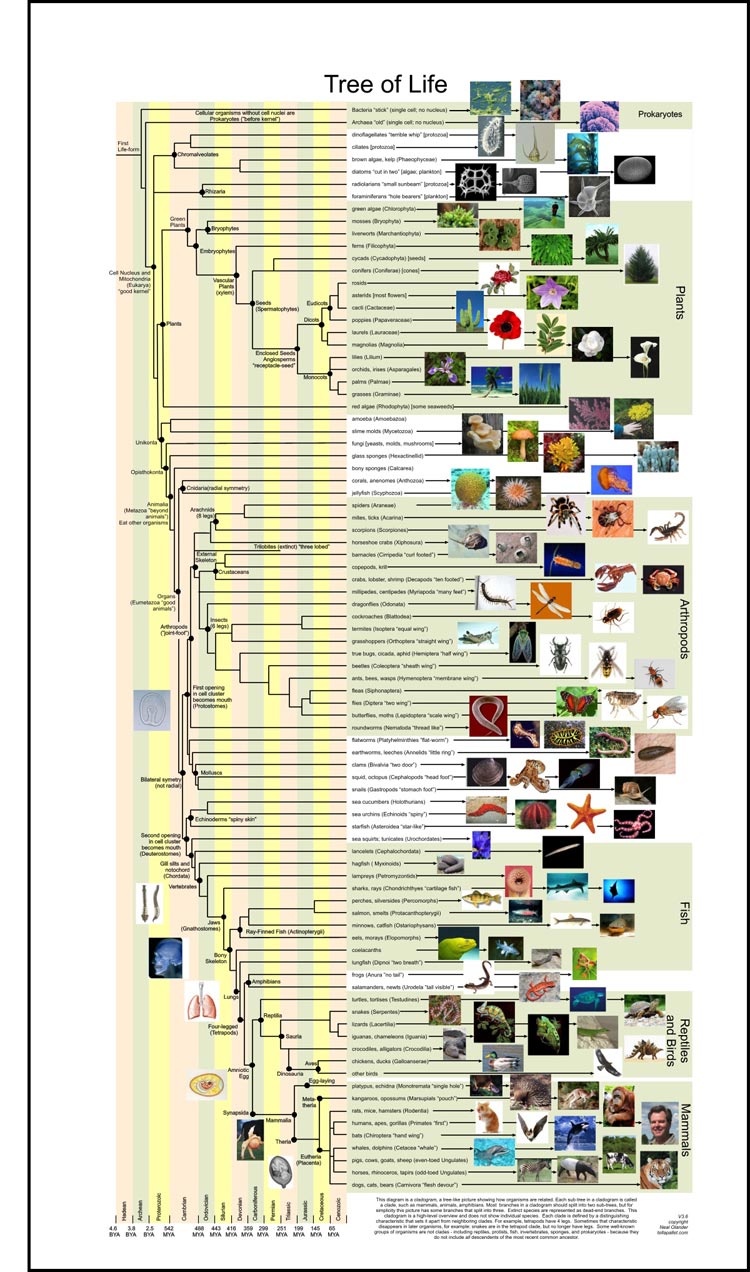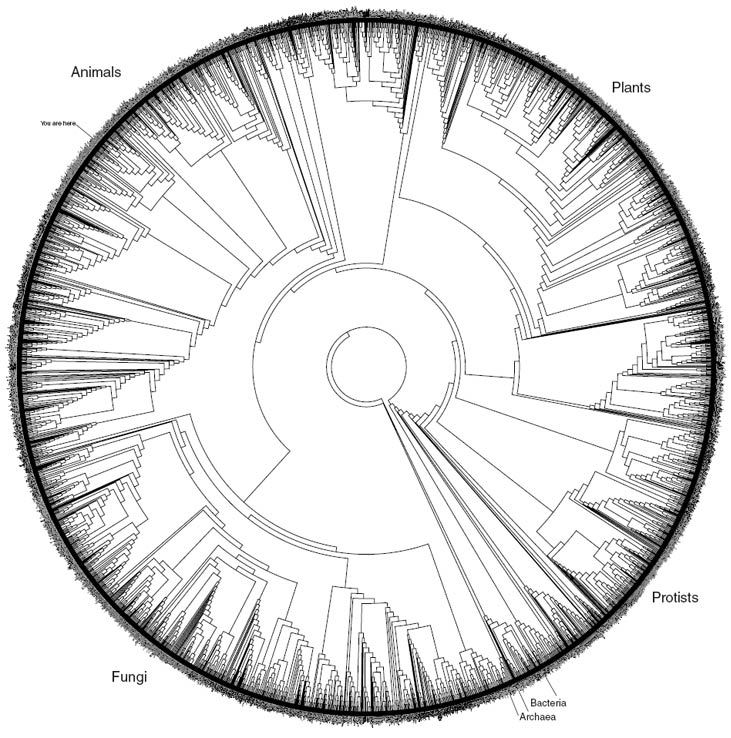Feedback
Natural Selection: Positive & Negative FeedbackLife itself, at many levels, is a balance between positive and negative feedback. The process of biological evolution is an example of feedback loops that have been active for billions of years. Every generation of a lifeform is an iteration of the evolutionary feedback loop. Mutations to an organism's DNA from one generation to the next often have significant effects on the organism's ability to survive. Most of the time, a mutation will have negative effects on the ability of the organism to survive. Often, a mutation will be immediately lethal, and the baby will not even survive birth. Sometimes, the mutation will be only mildly harmful, and it will put the organism at a disadvantage compared to the surrounding organisms, and it will fail to to survive or reproduce. This is an example of negative feedback, keeping a species stable. Sometimes, however, a mutation will give an organism a competitive advantage in an ecosystem. In this case, it will have more offspring, which will also pass along that mutation, and the offspring will also share that advantage, and they will also have more offspring. Eventually, when the mutations accumulate, and the organisms are spatially isolated, for example in microecosystems like mountain valleys or islands, the mutated organisms become a new and separate species. This type of Natural Selection is an example of positive feedback and it is responsible for the huge number of species which have developed over billions of years of evolution. The framework to understand evolution has recently advanced tremendously with the development of DNA sequencing. Modern biotech methods have given scientists a huge amount of data, and this has formed an important new field known as Bioinformatics. This exciting discipline combines math, computer science, and molecular biology to make sense of the vast amounts of new data.
One tool that is useful to analyze the patterns of evolution is called Cladistics, and it is the study of relationships of organisms through diagrams
called 'cladograms'. A cladogram is basically a fancy type of family tree, and it shows how closely related different species are.
 A cladogram showing the relationship between species of dogs, foxes and wolves. Image courtesy of Wikipedia.
The cladogram (or family tree) above shows the relationships among various species of dogs, foxes and wolves, including the time when the
species split off from each other. The horizontal axis shows the time before the present, ranging back to 10 million years ago. We can see from the cladogram that
coyotes split off from gray wolves and domestic dogs about 3 million years ago. We can also see that species in the list on the right that are directly
adjacent, such as the crab-eating fox and the gray fox actually split apart almost 10 million hyears ago. That is, their most recent common ancester lived that long ago.
We saw in Chapter 1 that branching fractals are one of the most common fractal patterns in nature, including tress, rivers, lightning, blood vessels, brain cells,
etc. Here in the cladogram, we see a branching fractal pattern that does not exist in space, but that exists in time.
 An illustrated cladogram showing the connections among species from the entire tree of life. View a higher resolution image here. Image courtesy of Neal Olander.  A circular representation of the tree of life, in which time starts at the center, roughly 3.5 billion years ago, and proceeds outward to the present. The full resolution image contains 3000 species, out of the approximately 9 million species thought to exist. Image courtesy of David M. Hillis, Derrick Zwickl, and Robin Gutell, University of Texas. Explore the hires version of the circular cladogram above. (It's a PDF file, so you'll need the free Acrobat reader). Find our own species, 'Homo sapiens" in upper left quadrant. Zoom into it using the Acrobat reader magnifying glass. Which two species are next to Homo sapiens in the image? [ _______ ] and [ _______ ] Use the Internet to find the common names of these two species: [ _______ ] and [ _______ ] Using the hi-res cladogram, which of the species is more closely related to Homo sapiens? [ _______ ] The circular cladogram represents approximately what percentage of the total number of species? [ _ ] |
|
<- PREVIOUS NEXT -> © Fractal Foundation. |